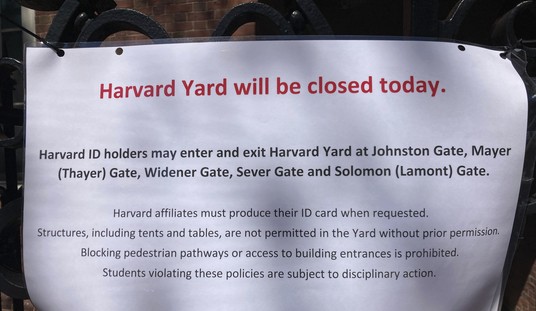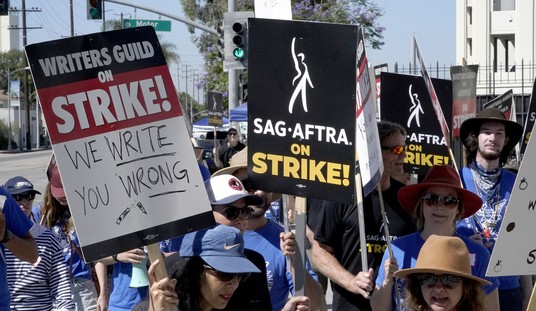If I wanted to be a political hack, I would tell you that this was a terrible jobs report because the unemployment rate rose .1% at a time when we are supposed to be experiencing only growth in the job market. However, the truth is that just like the past few reports which showed the U3 number declining were not good reports; this one is not a bad report. The entire “U3 measure” has become irrelevant.
The U3 rate measures the percentage of people unemployed relative to those who consider themselves in the workforce. The problem is that the definition of the labor force is so murky that we are experiencing frenetic and unrealistic swings in the size of the labor force from one month to another. We are literally seeing an expansion of the labor force by 400k one month, and a contraction of 600k the next month. It’s an obvious flaw in the methodology; nonetheless, it is the single biggest factor in determining the U3 rate.
To that end, we had a number of months with barely any new jobs added, yet the unemployment rate dropped because of the decrease in the size of the labor force, according to the Household survey. This month, we actually had modest growth, 171,000 new payroll jobs in the Establishment Survey, yet the unemployment rate ticked up to 7.9% because the labor force supposedly expanded, according to the Household Survey. Either way, it’s garbage in; garbage out. The previous reports were not good, and this one is not necessarily bad.
The more important thing here is that the broad, long-term picture is dismal. The real unemployment rate is the broader U6 number, which includes everyone who would like to work, including those who have given up because of the bad jobs market and those who are underemployed. As such, the U6 number is not distorted by inaccurate and wild swings in the labor force because it factors in everything. It’s already baked into the cake.
The U6 number stands at 14.6%, the same as when Obama took office. It has remained high, and will continue to remain high until the economy grows and businesses begin to invest their capital. Yet, private investments have actually decreased by 1.3% in the third quarter of this year, most likely a result of Obamacare, Dodd-Frank, and EPA regulations, all of which are forcing companies to sit on their cash.
Even looking at this report in a narrow short-term lens, there is not much good to see. While 171k jobs would be an adequate number in normal economic times, it still woefully low for a recovery from such a deep recession. Remember that the working-age population grew by 211,000 in October, according to the Household Survey. So while 171k is better than most of the previous months, it is still barely keeping up with population growth, much less pulling us out of the nadir of the employment trench. It would take many more years, possibly more than a decade, of this growth rate on a monthly basis just to return to pre-recession employment levels. As AEI’s James Pethokoukis notes, all the jobs lost during the recession in the late 70s and early 80s were recovered in just 10 months.
Moreover, two major factoids from this report that remind us of the long-term stagnation are the long-term unemployed and income. The number of people unemployed for longer than 27 weeks grew by 158k. Also, income has grown by just 1.6% over the past year. That is less than inflation. In other words, income has gone down.
It’s also worth noting that black unemployment ticked up 0.9% to 14.3%. Black unemployment was 12.7% when Obama took office in Jan. 2009. How’s that hope and change working out for you?














Join the conversation as a VIP Member